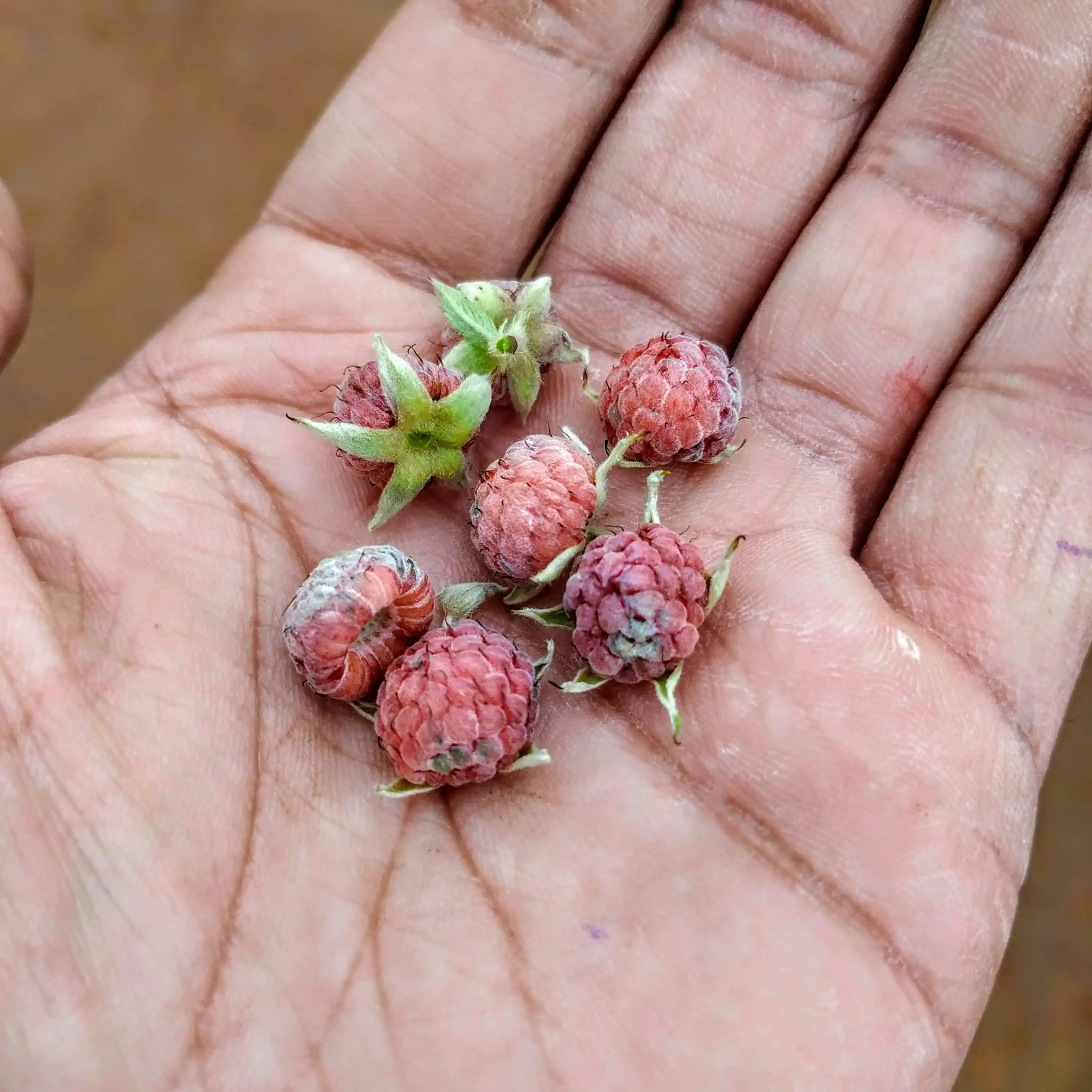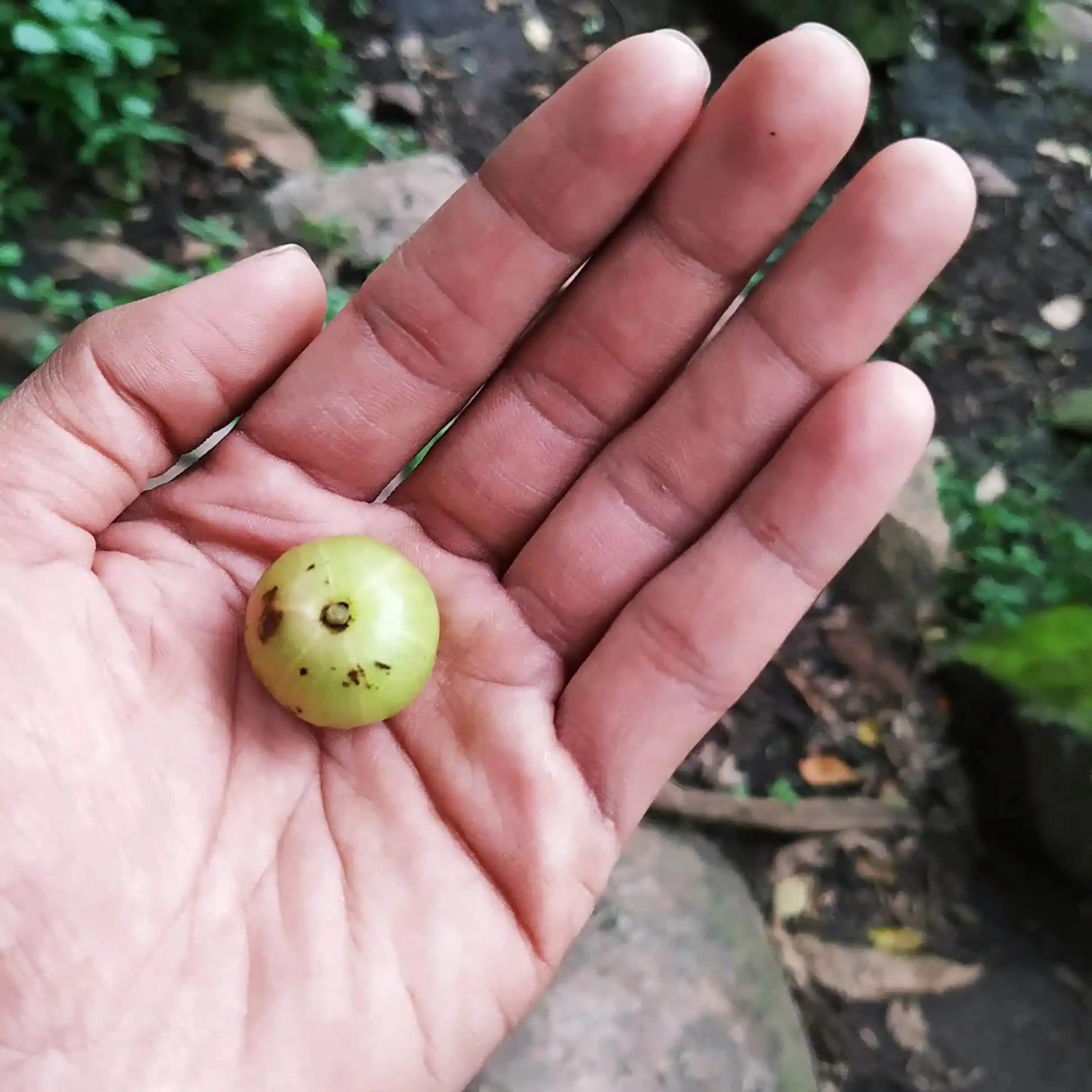Introduction
Velliangiri hills are a series of hills in the Western Ghats. It is located in the Boluvampatti forest range of the Nilgiri Biosphere Reserve. Velliangiri hills is a popular pilgrimage center in Southern India. It is also called as “Southern Kailash” by the devotees. Every year, pilgrims go by walk through the wilderness across the seven hills to pay their homage to Shiva who is sat at the top of the seventh hill. Usually pilgrimage is allowed only during the dry seasons of March, April and May. It is the most suitable time for trekking these hills as it rains here the rest of the year and makes the pathways really slippery and dangerous. Even more, during the monsoon months, with the bountiful rains, the forests will be lush and there will be huge number of elephants roaming these forests.
A Lucky Chance!
I had a lucky chance of visiting these hills during the monsoon months! Most people do not get that chance so easily so I thought it would be great to share with you guys what I witnessed. You all should see how the hills look like at it’s most glorious state! The aim of this post is to show you the beauty of the hills and to insist the needs to conserving this landscape from the ruthless pilgrims and tourists.
This post will be long. But, trust me. It will be worth reading if you unconditionally love nature and want to preserve it. I also got some message for you at the end.
Let’s begin!
The Journey Begins…
The journey started early in the morning at 6:30 AM. We planned to start at this time because, there should be enough light to watch plants and most plants start blooming at this time of the day! It was a great day with chilly weather from last night’s rain and some early morning drizzles. The road was cold and the mountains that line the horizon was our destination!
We then started our journey after informing the forest department officials and showing them the permission letter that we had acquired prior to the trek. The forest was entirely different and so full of life as we started our trek. The steps on the first hill were even very moist and the rocks on the sides were occupied by moss, liverworts and ferns!
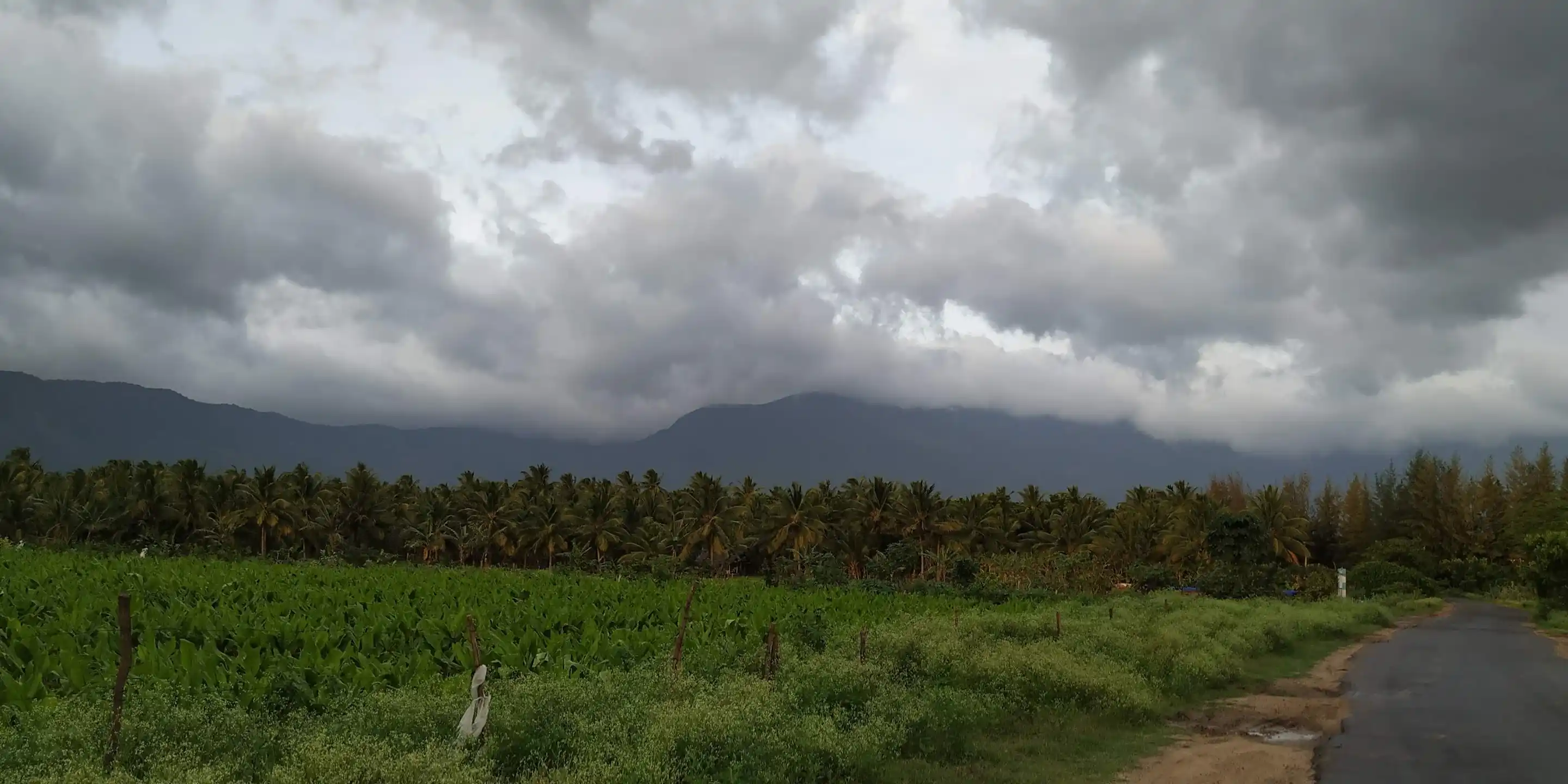
Cloudy morning with wet roads from last night’s rain!
Elephant dung is a common sight in these hills during the rainy season as the forest is full of green and lush during this time of year. They come here to feed regularly. Elephants roam the lower elevations more because it is easier to move around. The forests are not so dense here and the elephants can move easily and the forest is lush and full of fresh vegetation. So, they have a lot to eat too!
After climbing half-way through the first hill, we can enjoy the view from above! Nearby tribal villages, the forests and adjacent Siruvani mountains line the distant horizon.
We continued to climb the first hill and the end of the first hill is marked by the vellai vinayagar temple. It was unattended when we visited as there was no pilgrims at this time of the year. After we crossed the mighty bamboo groves which looked amazing with greenish new growths. When people usually visit during the summer months, the bamboos would have gone dry!
The Rare Ficus Tree!
The forests slowly begin to transform from deciduous to semi-evergreen and then evergreen trees as we climb up the mountain. The forest also becomes denser as we climb uphill. We had reached the third hill and this is where we encounter the first water source of this trek. There are three of such sources till the top, providing water even during the bone-dry summer season! This first water source is near the pambatti sidhar (monk who controlled snakes) and there we found this awesome Ficus hispida, the only Ficus with opposite leaves in the Western Ghats. All the other species in the genus have alternate leaves!
The Velliangiri Trekking Adventure
The way can be strenuous and daunting for those who hate climbing steps and are not used to trekking hills. Some places it is continuous steps and in some places the stones would have fallen, moved away or washed down in a torrential flood and you are left with no choice but to climb bare rocks! But, those who love adventure, will enjoy this trek so much.
I was always dreaming about how would the shola grasslands look at this time of year and my excitement grew as we climbed up the hills. We were nearing the grasslands and I can’t wait to go out of the canopy of this forest into the open grasslands! The shola grassland complex is what I love. It is full of plants that I love. Impatiens, Orchids, plants from the Melastomataceae family, ferns and moss make me go crazy! The canopy is a composition of different colors and all shades of greens! The tree branches clothed with mosses, ferns and other epiphytes. On top of everything, foggy and misty weather during the monsoon.
I was thrilled when we were out of the canopy to see the breathtaking view of the Siruvani mountain range opposite to where we were standing. We were able to see the streams running down from the hills when the mist and clouds gave us way to see.
Out of the Canopy, Into the Misty Grasslands…
It was during the last spell of the monsoon in September when we visited Velliangiri hills and it gets very windy at high elevations. The winds were so strong that we were not even able to walk against it sometimes. We were also constantly bombarded with rain and not to mention leaches that were waiting to pounce on us for a meal.
We were really lucky to see so many rare plants in flower. It was really a good day to be remembered throughout my life. Not that I won’t revisit this place, but this was the first time I experienced the true nature of the Velliangiri mountains. It was a great experience overall. I’ve never had leaches bite on me, never seen such high winds combined with mist, clouds. I wear power glasses and my vision was zero and did not know where I’m stepping most of the time when I was in the grassland!
The Plants I Saw at Velliangiri Hills
So many plants and trees I saw that day, I’ve never seen them before!
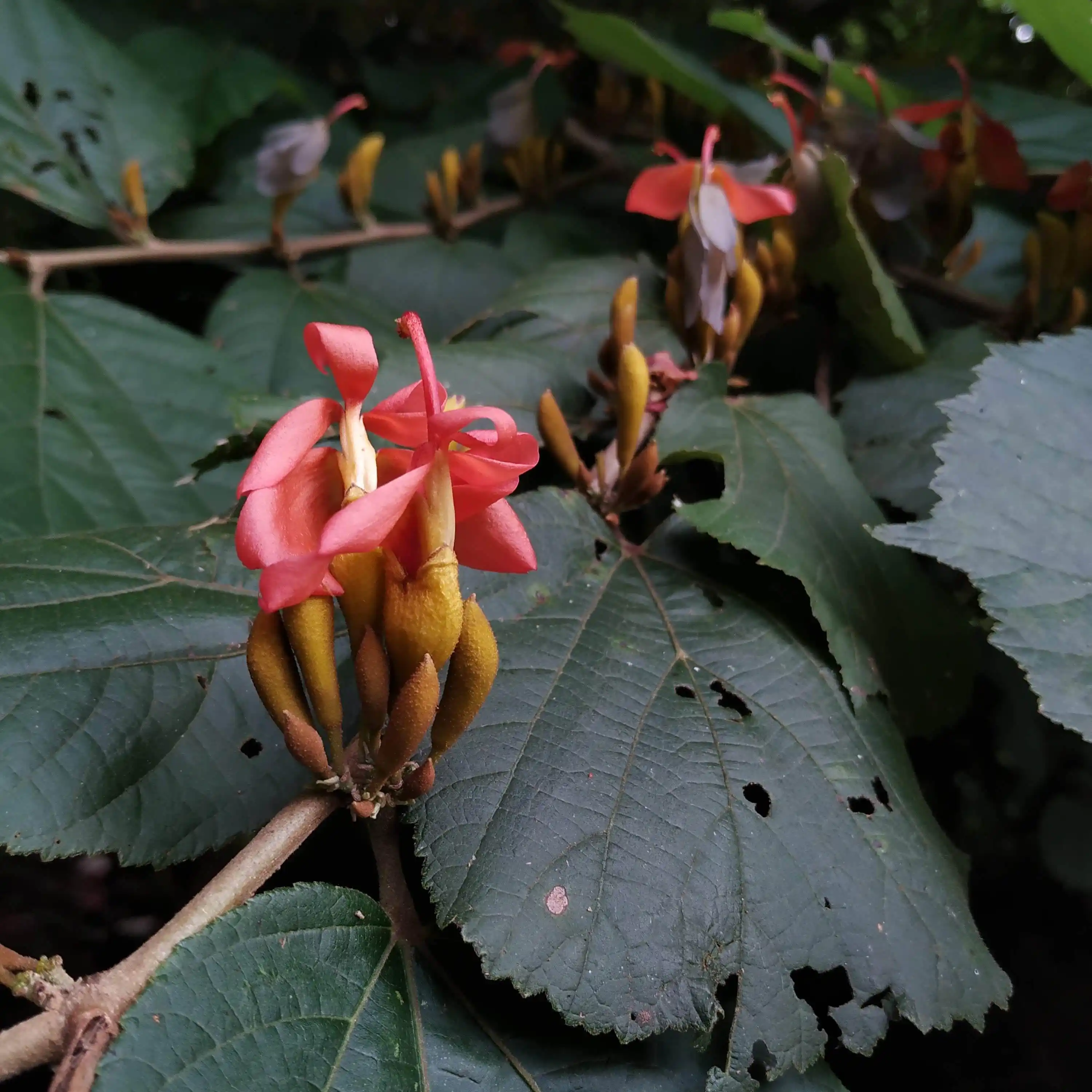
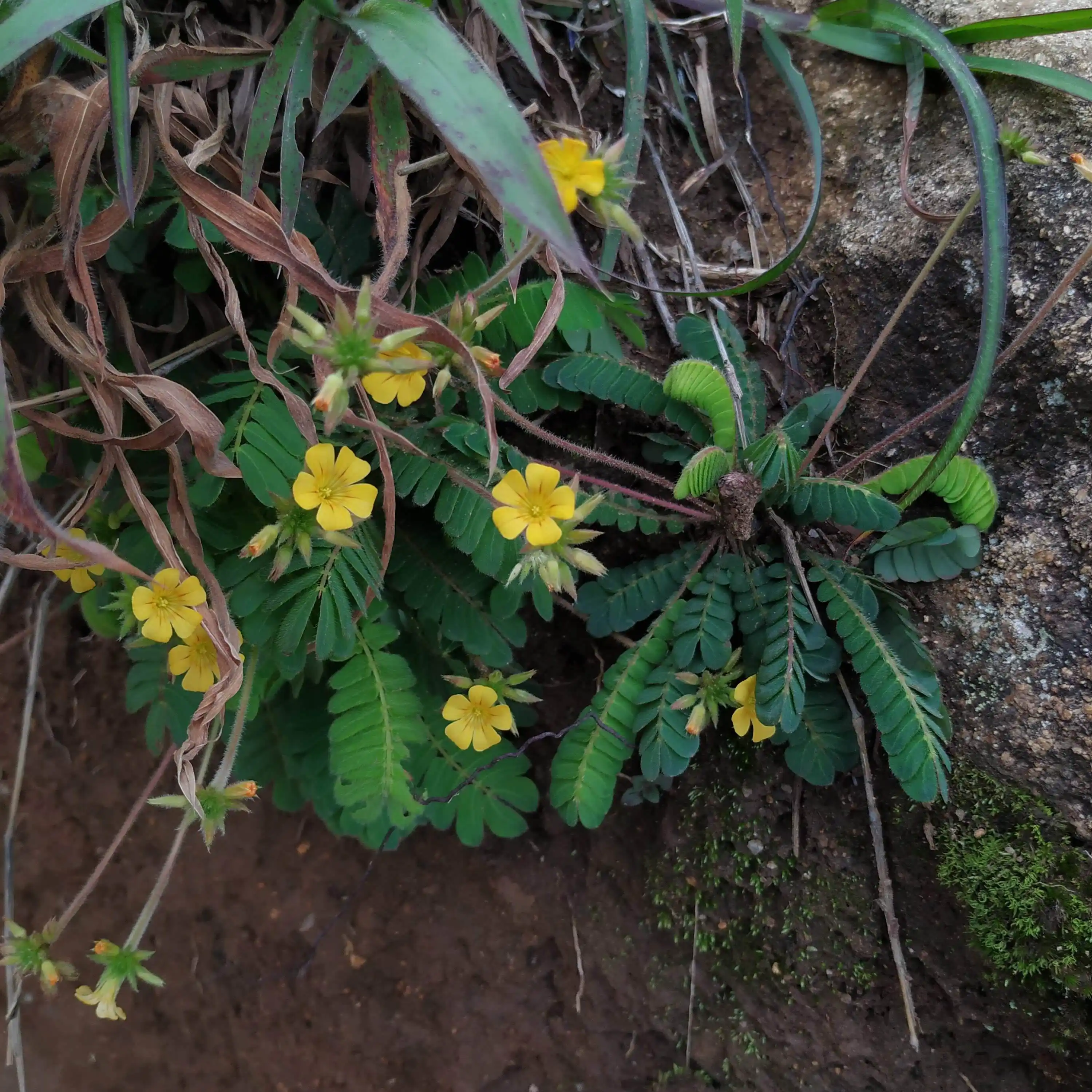
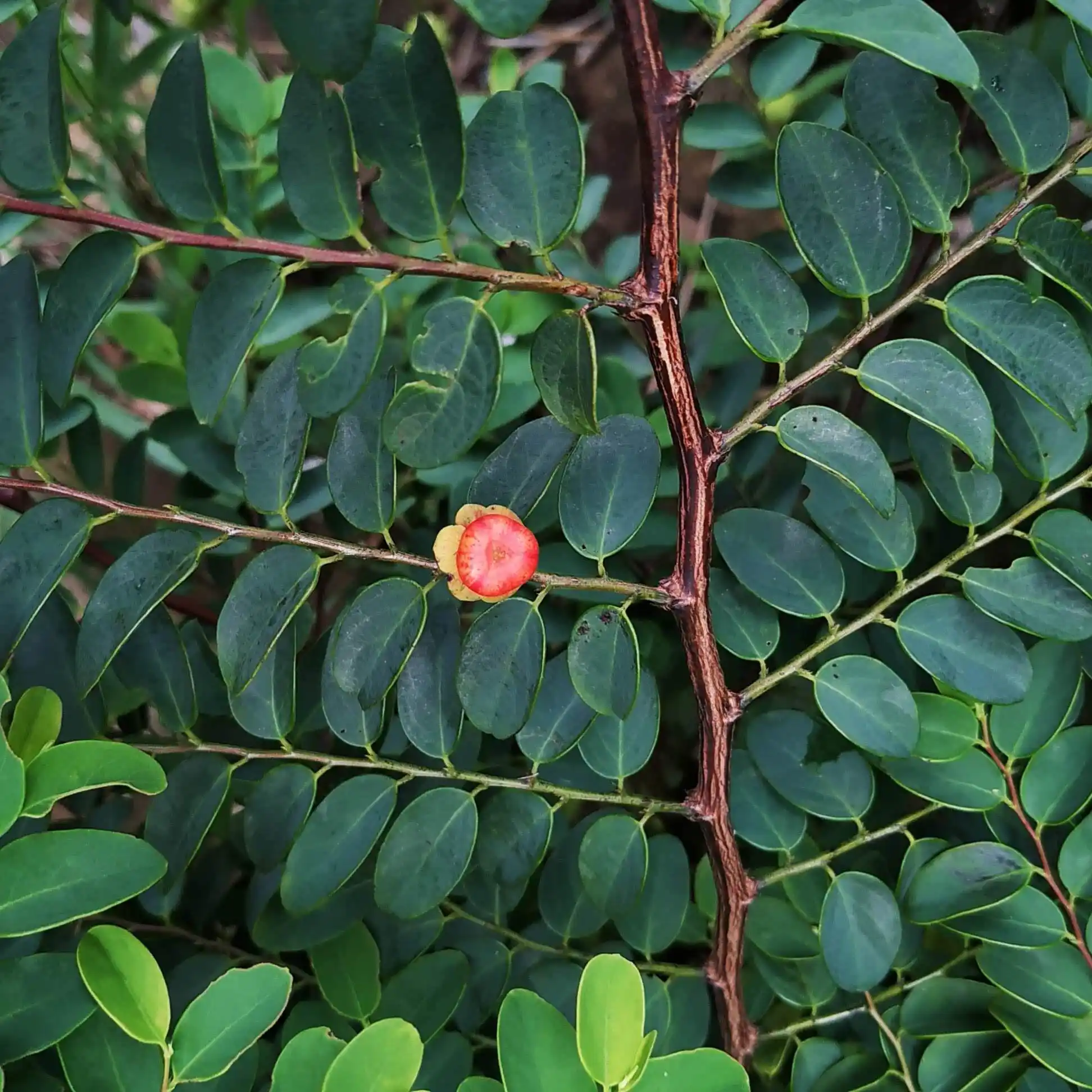
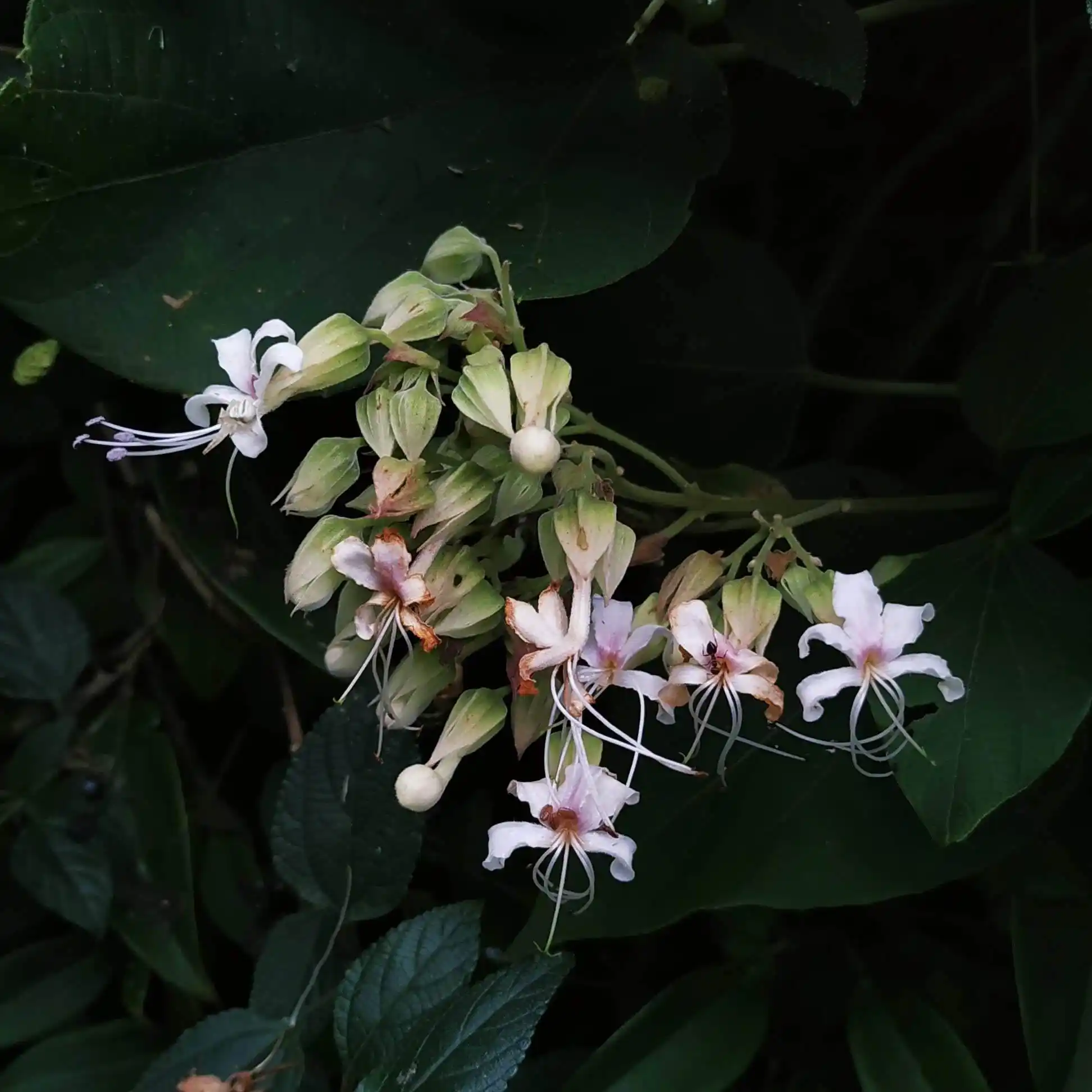
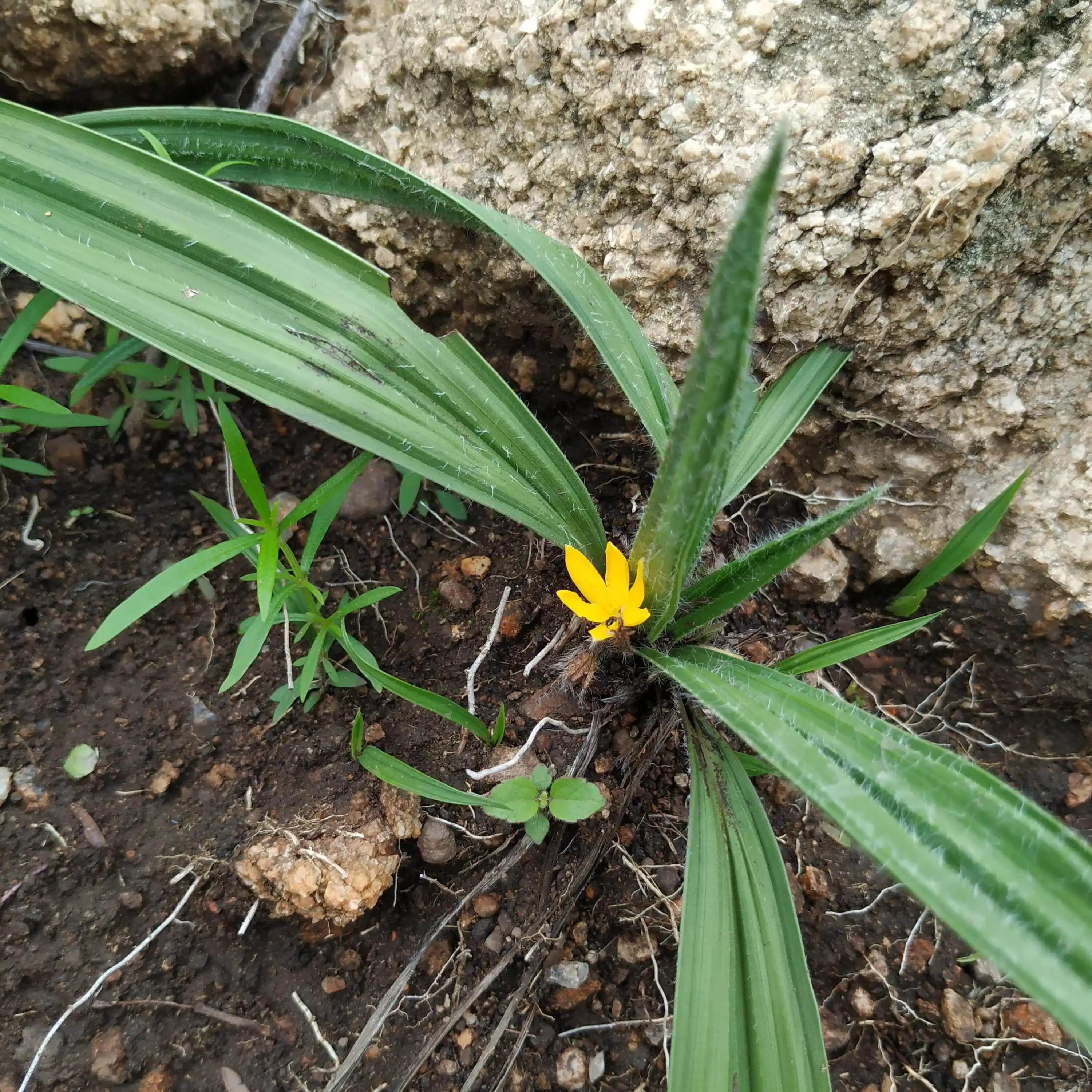
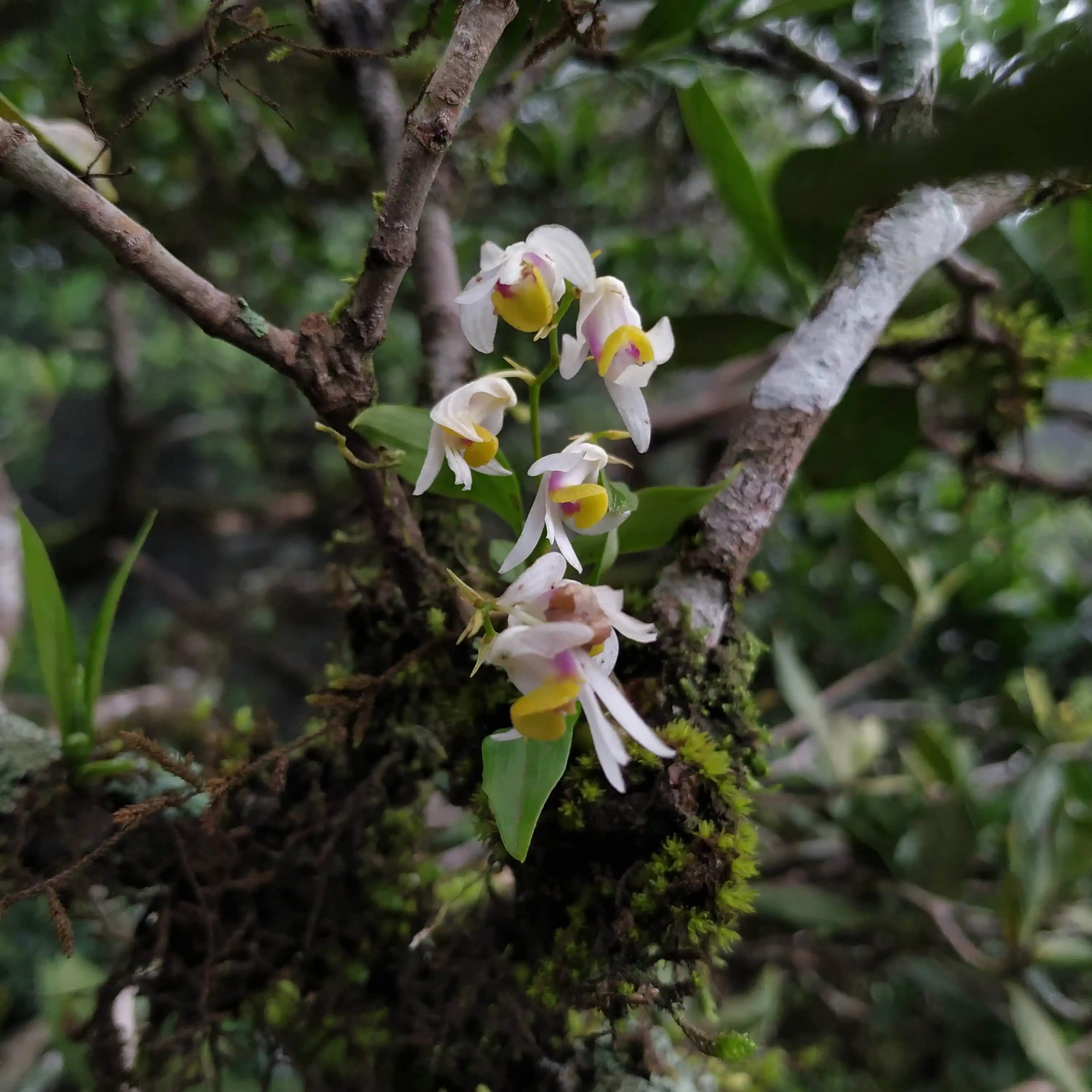
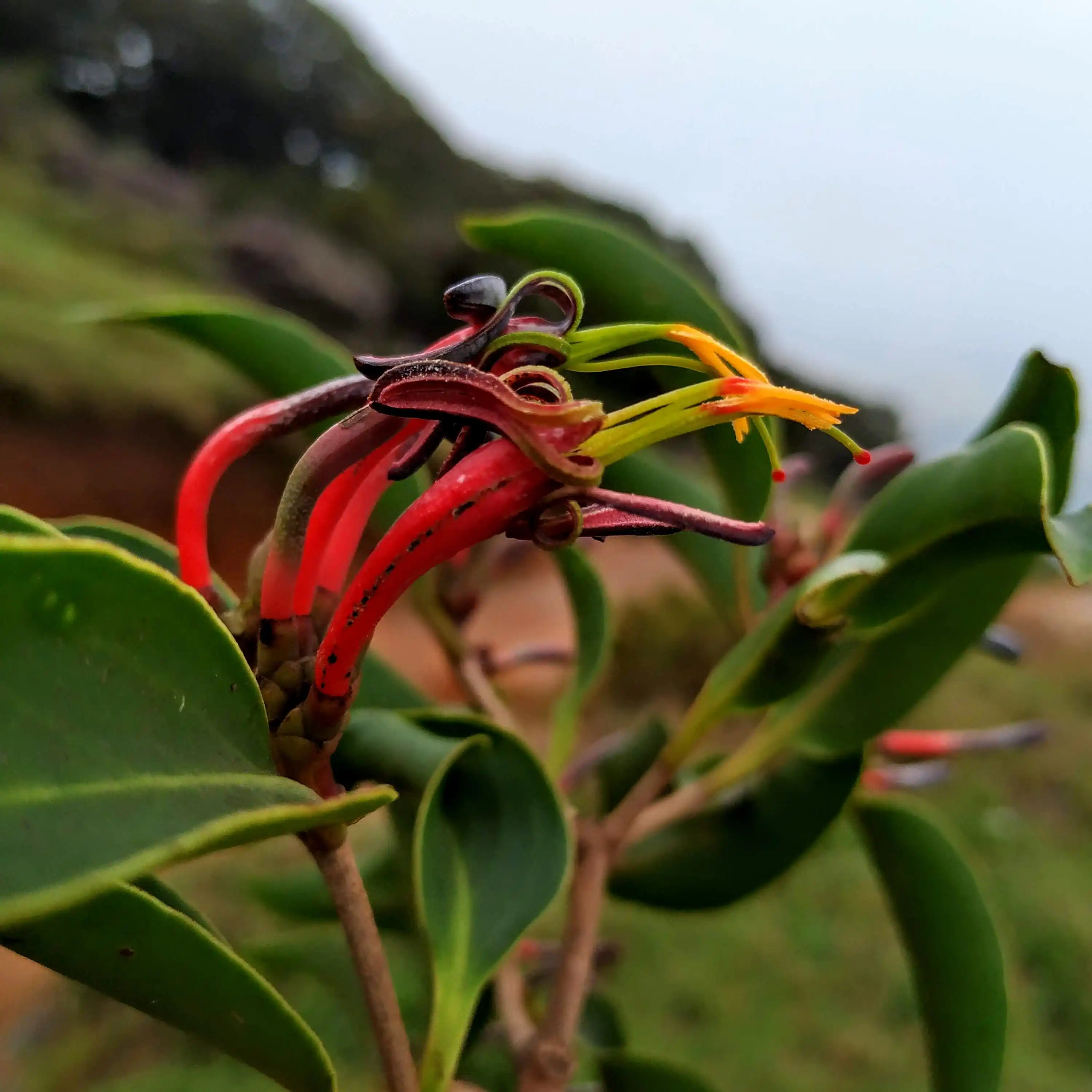
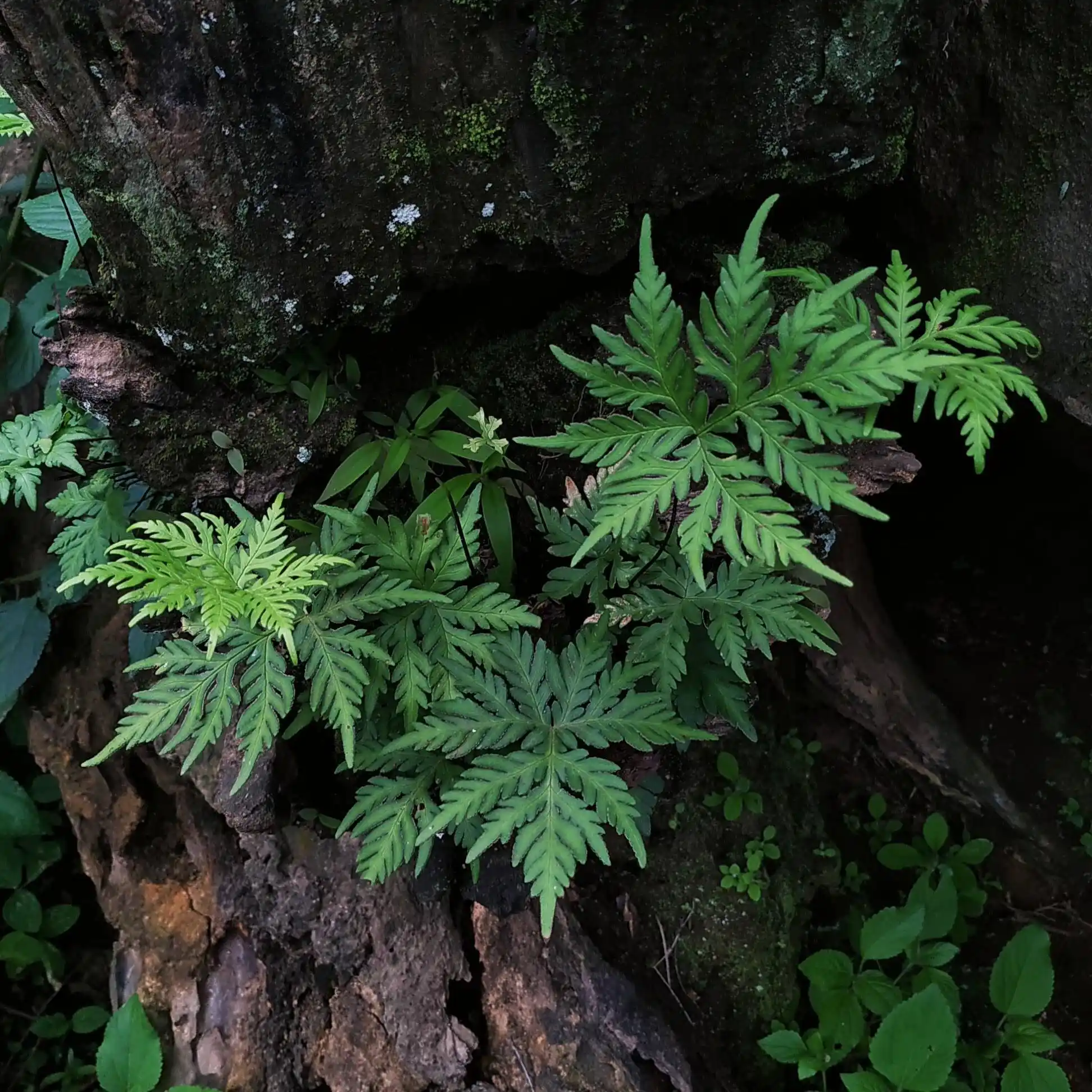
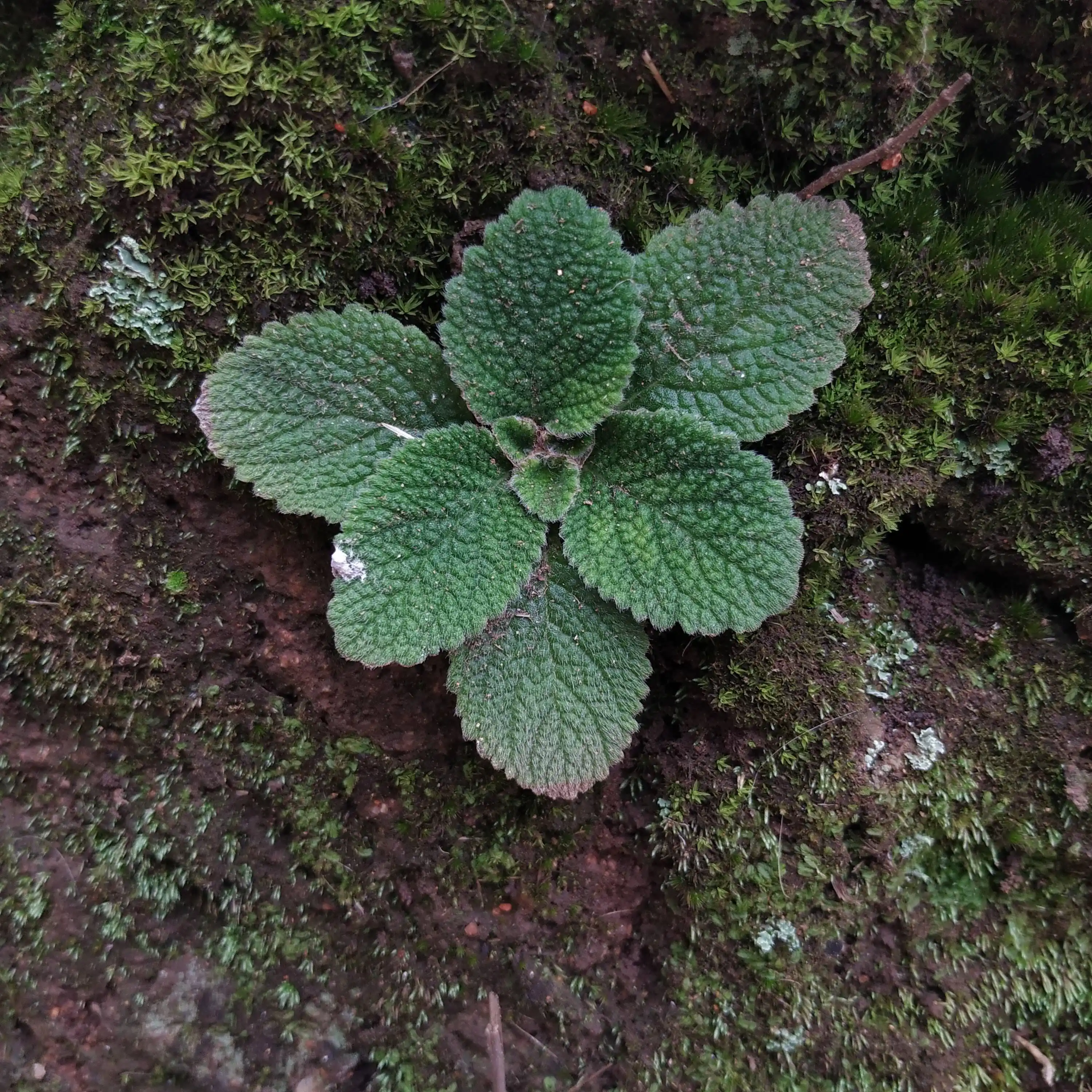
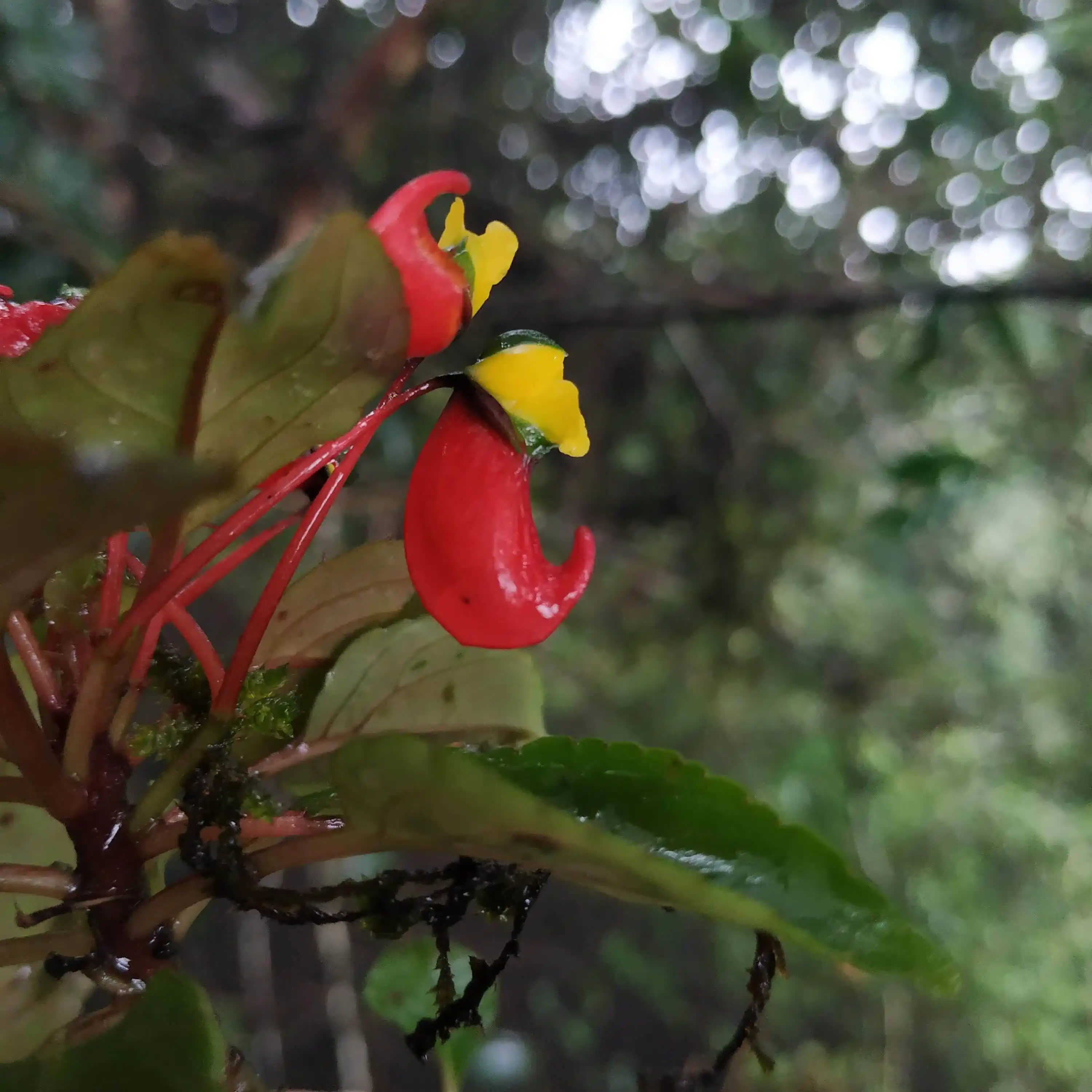
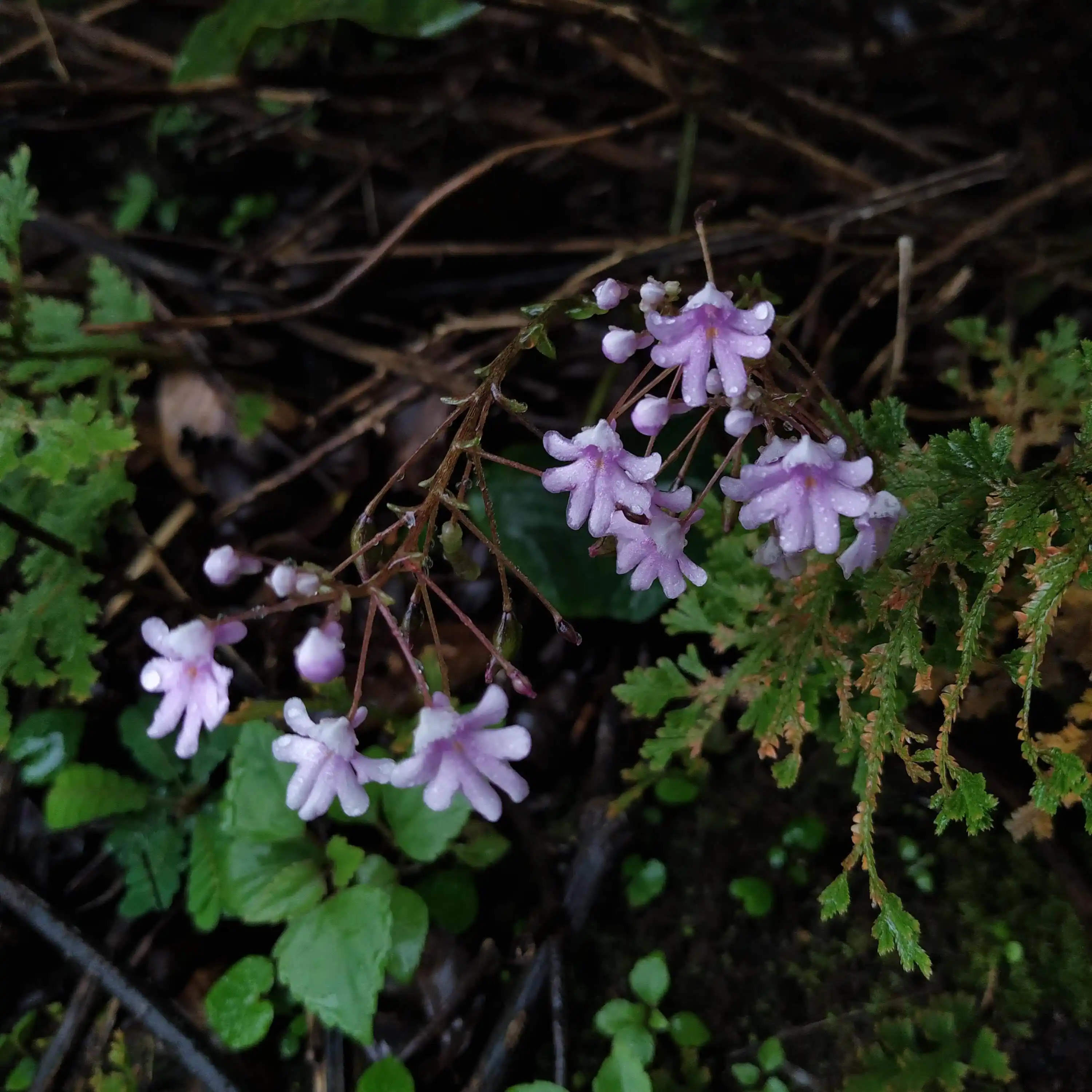
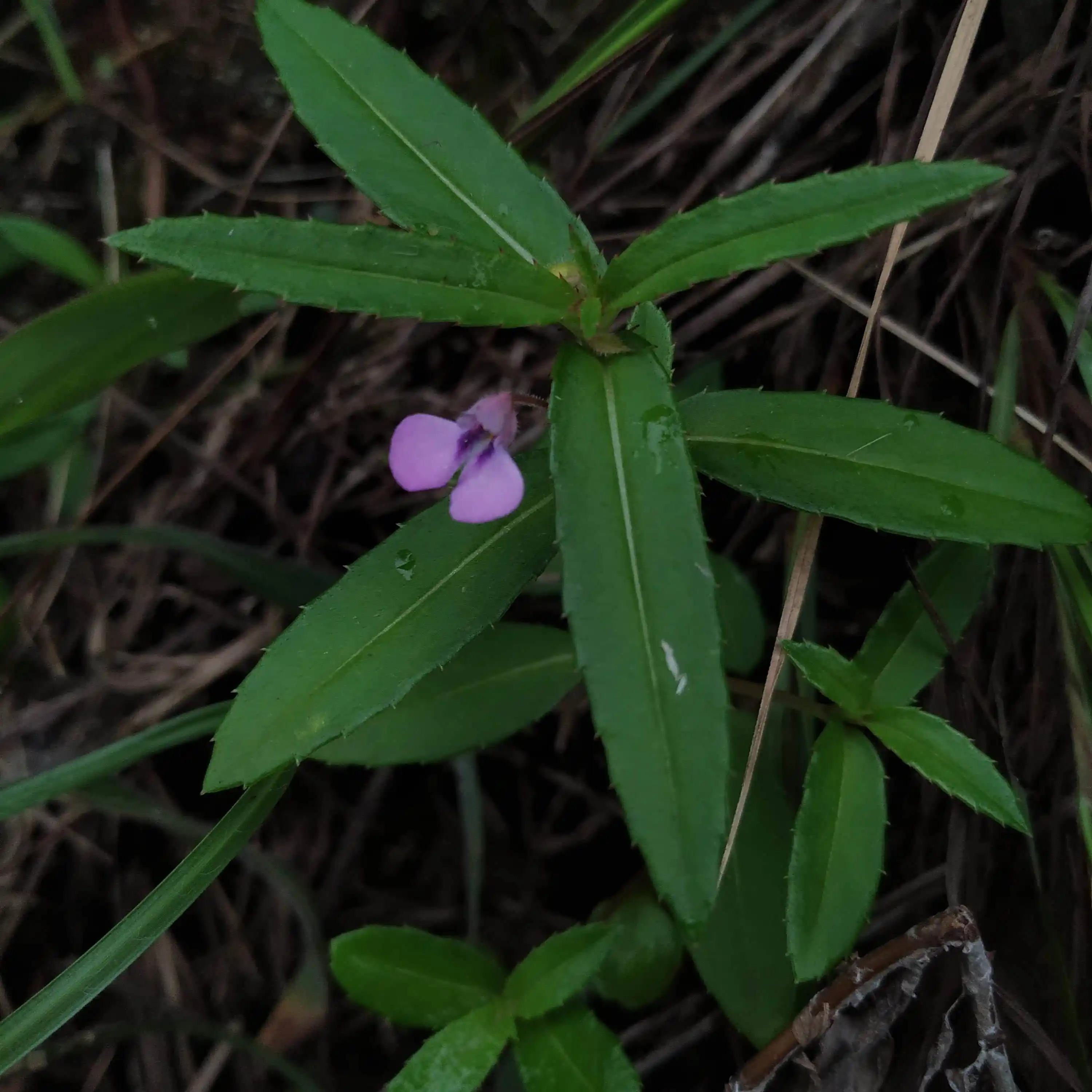
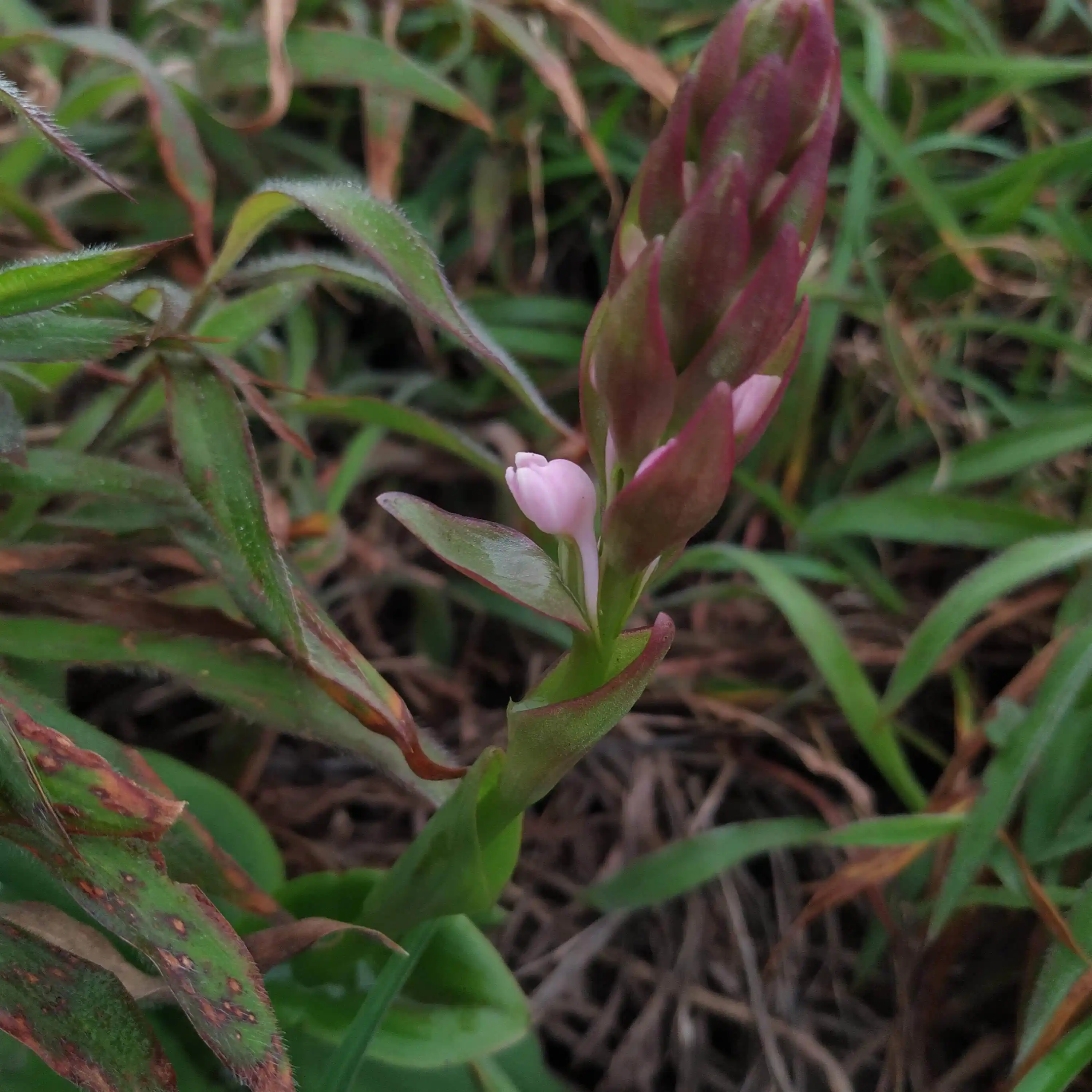
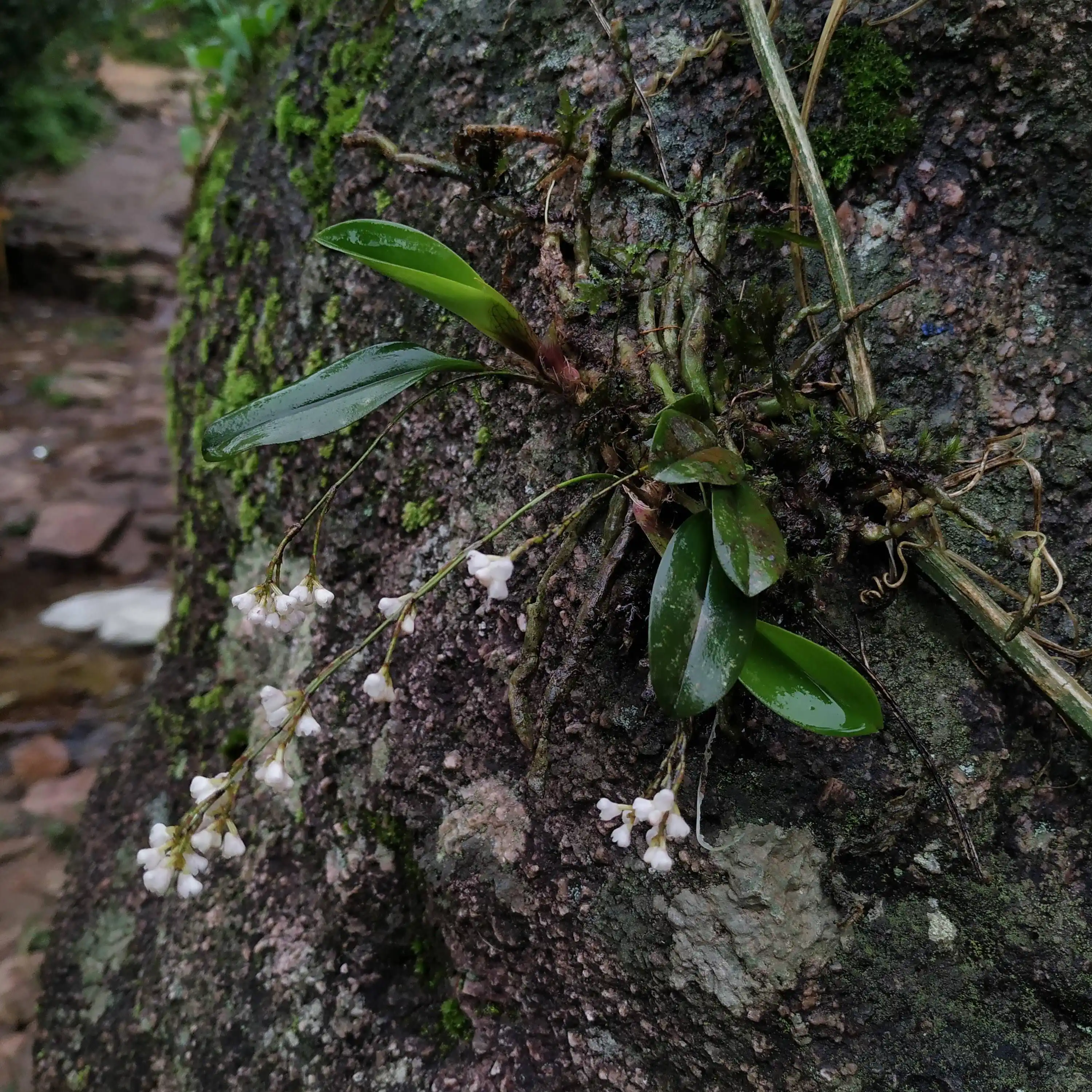
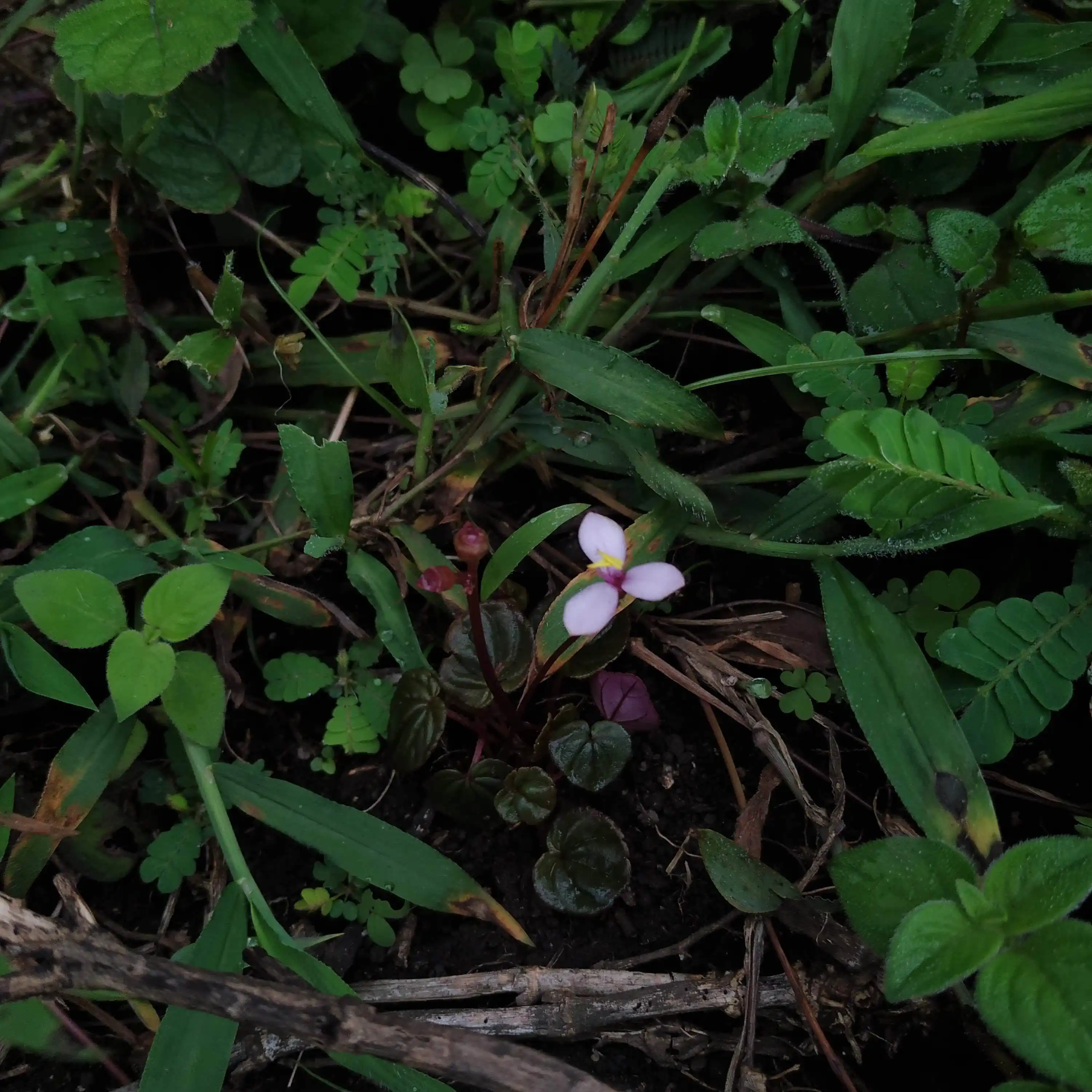
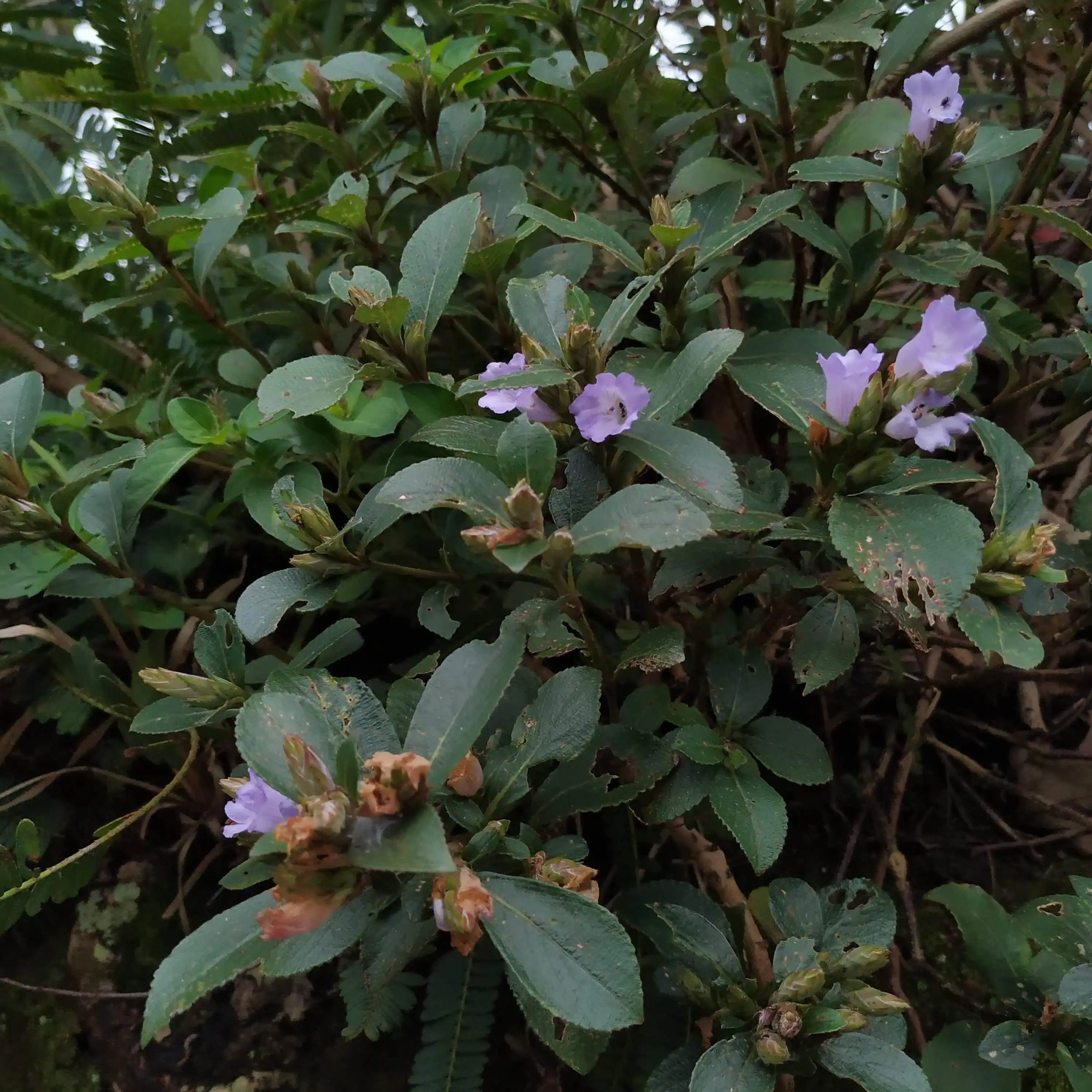
We also ate some fruits!
